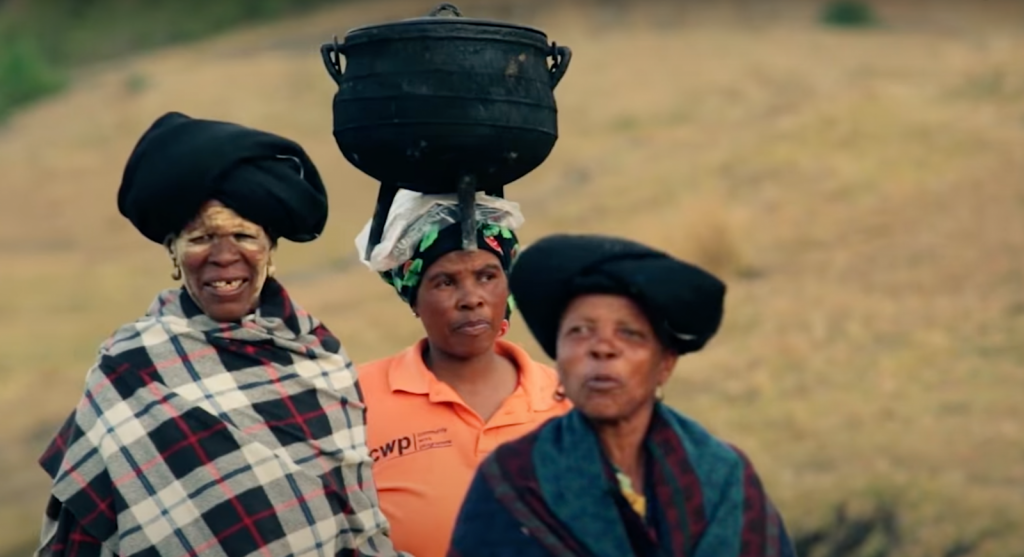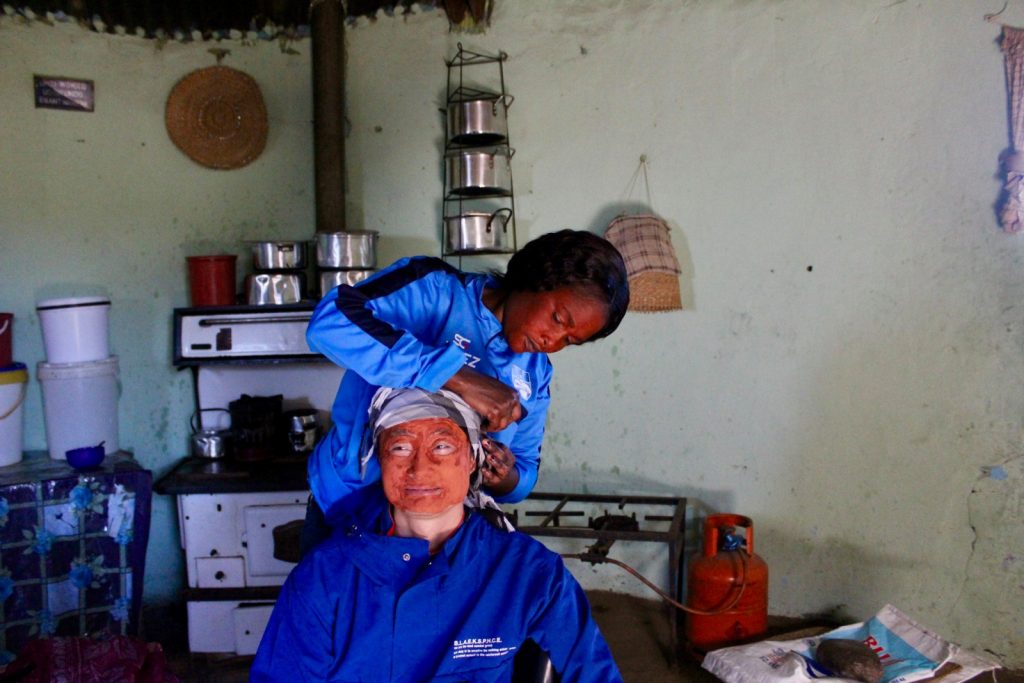File photo
Economic connectedness is not a new concept, but the term is gaining traction thanks to a pair of ground-breaking studies by economists in the US. Harvard economist Raj Chetty and a team of researchers found that cross-class social connections are among the strongest predictors of upward income mobility.
Their findings confirm that cross-class friendships expose young people to new economic pathways and create opportunities for networking with those who have more resources. Chetty and his colleagues see economic connectedness in unlikely places, like inner-city Boston, where poverty, sparse opportunities, gangs and the proliferation of guns have drawn young (mostly non-white) men into criminal activities.
But in 2010, InnerCity Weightlifting sought to create a nexus for these young men to learn new skills and link up with people from different socioeconomic backgrounds. Young people at risk of incarceration were trained and supported to become personal trainers for wealthier clients.
What happened next may surprise sceptics: because of the value exchanged in these cross-class social connections, friendships blossomed, creating opportunities for upward income mobility for the young trainers.
This approach is ripe for replication, and there is already evidence of a similar strategy showing positive outcomes in South Africa, where social networks have historically been exclusive.
 Vibrant culture: Nowebhile Manana, Nobongile Malima and Nonethile Nodanga, in Nqileni Village, Bulungula, Eastern Cape.
Vibrant culture: Nowebhile Manana, Nobongile Malima and Nonethile Nodanga, in Nqileni Village, Bulungula, Eastern Cape.
From Boston to Bulungula
Bulungula is a beautiful but remote and under-resourced part of the Eastern Cape. The nearest city, Mthatha, is 95km away; a slow three-hour drive along poorly maintained gravel roads that become treacherous after heavy rains.
However, being tucked away also has its perks: the Xhosa culture in Bulungula is cohesive and vibrant, and the landscape is pristine. Community members walk along the road in groups, chatting and carrying buckets of water or firewood on their heads, or herding livestock as waves crash along the Indian Ocean coastline behind them.
Although rich in traditional social connections, the legacy of apartheid has profoundly limited the upward mobility of its residents and development has been slow. Unlike other parts of the country, Bulungula is completely off the electricity grid and phone connectivity only became available in the last 10 years.
Before then, sending letters was the dominant form of long-distance communication and a single working radio channel was the main way to receive news and information. Poor road conditions made traveling anywhere by taxi too pricey, so people only left the community if they absolutely had to. The only local jobs were at spaza shops and shebeens, leading to an exodus of jobseekers to faraway mines or farms.
But things began to change from 2004 when former community development worker Dave Martin and economist Réjane Woodroffe worked with the community to open the Bulungula Lodge. They wanted to use tourism as a tool for rural development so they invested the profits from the lodge back into the community.
The lodge quickly became a gem of the Wild Coast, attracting visitors from all over the
world. It was soon realised that income from the lodge was not the only intervention needed to address the broad range of challenges the community faced.
In addition, Bulungula Incubator (BI) was established as a non-profit organisation to support people from “preconception to career”, by focusing on the provision of education, healthcare and social cohesion, to name a few interventions.
 Treat for a tourist: Jabu Dodwana, a local tour guide, gives a Bulungula Lodge guest a traditional facial.
Treat for a tourist: Jabu Dodwana, a local tour guide, gives a Bulungula Lodge guest a traditional facial.
Creating more chances for mobility
The lodge and Bulungula Incubator have been a boon for the community. Over the years, Bulungula Lodge has attracted more than 130 000 visitors, and BI pulls in funders and partners to support its projects.
Today, Bulungula is a far cry from the isolated community it was just two decades earlier. The co-founders leveraged their own social capital — their diverse network of relationships — to connect the Bulungula community with people they would never have otherwise met.
The increased activity to the community not only creates new relationships and expands social networks, but also helps to spread awareness about the area and its challenges. This in turn encourages more people to visit and contribute, creating a positive social feedback loop.
Today, most people in Bulungula have cellphones and grid electricity will finally be installed by the end of the year. Bulungula Community Radio broadcasts to more than 78 villages and has an active WhatsApp group that bridges information gaps and also links young people to work and study opportunities.
Two education projects, Bulungula College and the Job Skills and Entrepreneurship Programme, provide academic and vocational pathways for youths to shape their careers, increasing their knowledge and skills while exposing them to various jobs that can enhance the community and stimulate young people’s business networks.
Traditional social connectedness and cross-class connections are driving economic productivity in this community. From Boston to Bulungula, strategies to create economic connectedness are showing positive outcomes. We just need to be imaginative and proactive in our approaches.
Bulungula and Youth Capital worked together on a study on social connections, “Linked In: Rising through Social and Economic Connections”.
Sigrid Kite is the content manager at Bulungula Incubator. Kristal Duncan-Williams is the project lead at Youth Capital. Clotilde Angelucci is the communications and network strategist at Youth Capital.
The views expressed are those of the authors and do not necessarily reflect the official policy or position of the Mail & Guardian.